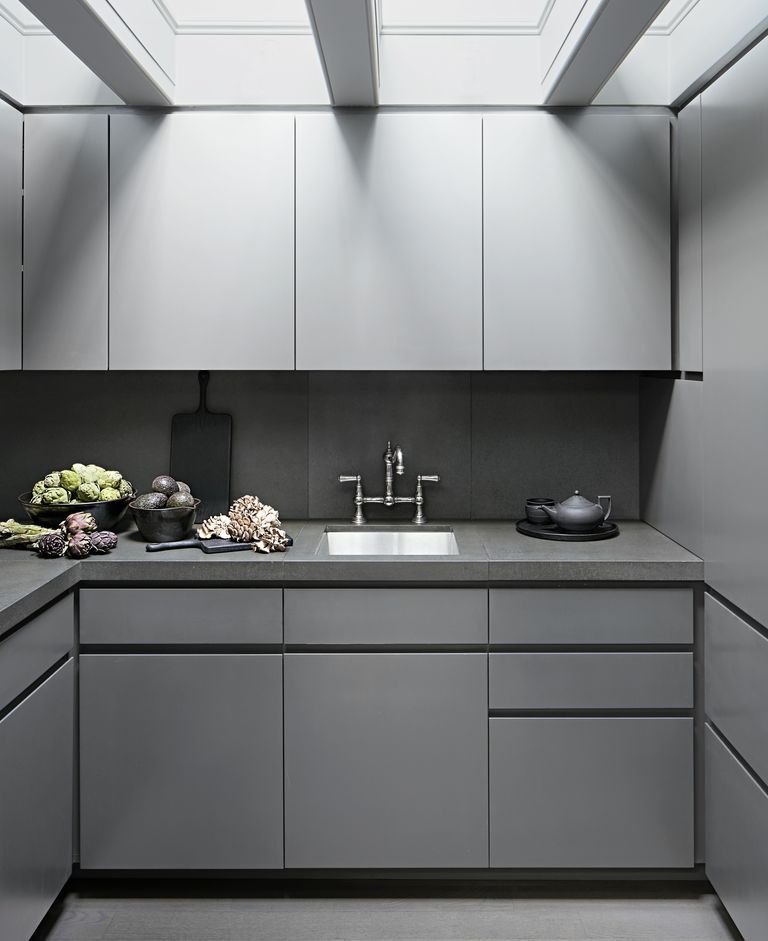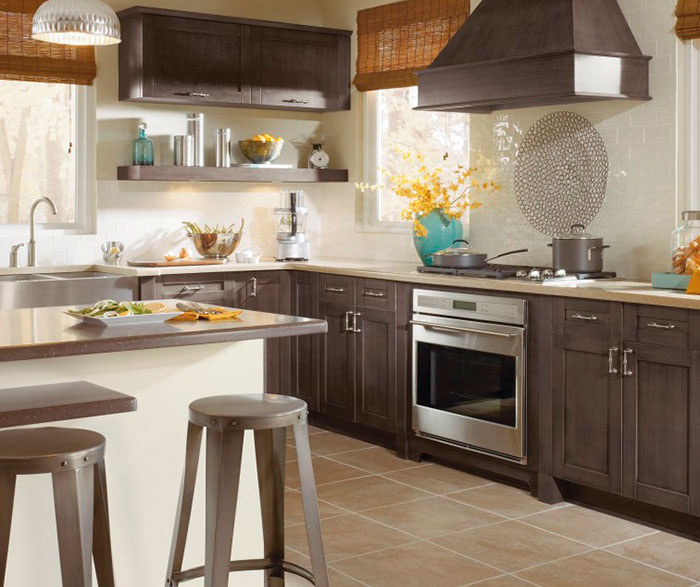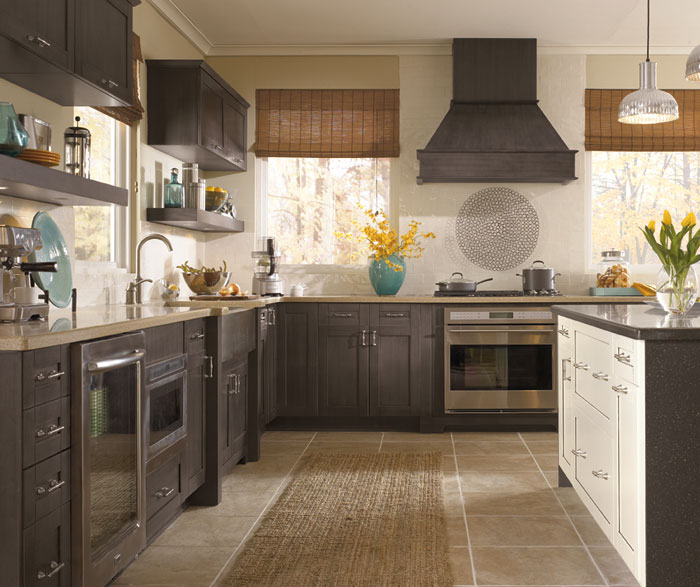Kitchen craft cabinets, Installing Kitchen Craft cabinets can be a rewarding DIY project that enhances the functionality and aesthetics of your kitchen. Here is a step-by-step guide to help you with the installation process.

Here is a step-by-step guide to installing kitchen cabinets:
-
Planning and Preparation:
- Measure the kitchen space accurately and make a detailed layout plan.
- Determine the height and location of the base cabinets, wall cabinets, and any other specialized cabinets like corner units or pantry cabinets.
- Consider electrical outlets, plumbing connections, and any other obstructions that may affect cabinet placement.
- Order the necessary Kitchen Craft cabinets and accessories based on your design plan.
-
Gather Materials and Tools:
- Gather all the required materials, including the Kitchen Craft cabinets, cabinet hardware (such as handles or knobs), screws, shims, and wall anchors.
- Make sure you have the necessary tools, such as a measuring tape, level, drill, screwdriver, stud finder, and a jigsaw or circular saw for cutting cabinets if needed.

-
Install Base Cabinets:
- Begin with installing the base cabinets. Start in a corner and work your way along the wall.
- Use a stud finder to locate and mark the positions of wall studs. This will provide secure anchor points for attaching the cabinets.
- Install a ledger board along the wall, level with the height of the base cabinets. This will provide temporary support during installation.
- Place the cabinets on top of the ledger board, ensuring they are level and plumb. Secure them to the wall studs using screws through the back and side panels.
- Adjust the cabinets as needed using shims to ensure they are level and aligned correctly.
-
Install Wall Cabinets:
- Once the base cabinets are securely installed, move on to installing the wall cabinets.
- Locate and mark the positions of wall studs for anchoring the cabinets.
- Begin with the corner cabinet and work your way along the wall, following your layout plan.
- Use a level to ensure the cabinets are straight and aligned with the base cabinets.
- Secure the cabinets to the wall studs using screws through the back and side panels.
- Attach adjacent cabinets together using cabinet connectors or screws.

-
Install Cabinet Doors and Hardware:
- Install the cabinet doors according to the manufacturer’s instructions. This may involve hinge installation, hanging the doors, and adjusting them for alignment.
- Attach any desired hardware, such as handles or knobs, to the cabinet doors and drawers.
-
Finishing Touches:
- Check all cabinets for proper alignment, adjust as necessary, and tighten any loose screws.
- Install any additional accessories, such as crown molding, toe kicks, or decorative trim, to provide a finished look.
- Make any necessary adjustments to ensure smooth operation of doors and drawers.
Advantages of kitchen craft cabinets
Quality Construction:
Kitchen Craft cabinets are crafted with high-quality materials and precision engineering, ensuring durability and longevity. They are built to withstand the demands of daily use in the kitchen, providing a solid foundation for storage and organization.
Diverse Design Options:
One of the standout advantages of Kitchen Craft cabinets is the extensive range of design options available. Whether you prefer traditional, contemporary, or transitional styles, Kitchen Craft offers a diverse selection of cabinet designs, finishes, and decorative elements to suit various aesthetic preferences.

Customization and Flexibility:
Kitchen Craft cabinets provide a high degree of customization, allowing homeowners to tailor their cabinetry to meet specific functional and design requirements. From custom sizes and configurations to specialized storage solutions, Kitchen Craft empowers homeowners to create a kitchen space that reflects their unique lifestyle and preferences.
Innovative Storage Solutions:
Kitchen Craft cabinets incorporate innovative storage solutions designed to optimize space and enhance organization. Features such as pull-out shelves, drawer organizers, pantry systems, and built-in waste management solutions maximize efficiency and convenience within the kitchen environment.
Remember, these steps provide a general overview of the installation process, but the specific instructions may vary depending on the design and features of Kitchen Craft cabinets or your particular kitchen layout. It’s always advisable to consult the manufacturer’s installation guidelines or seek professional assistance for precise instructions tailored to your specific cabinet model.

